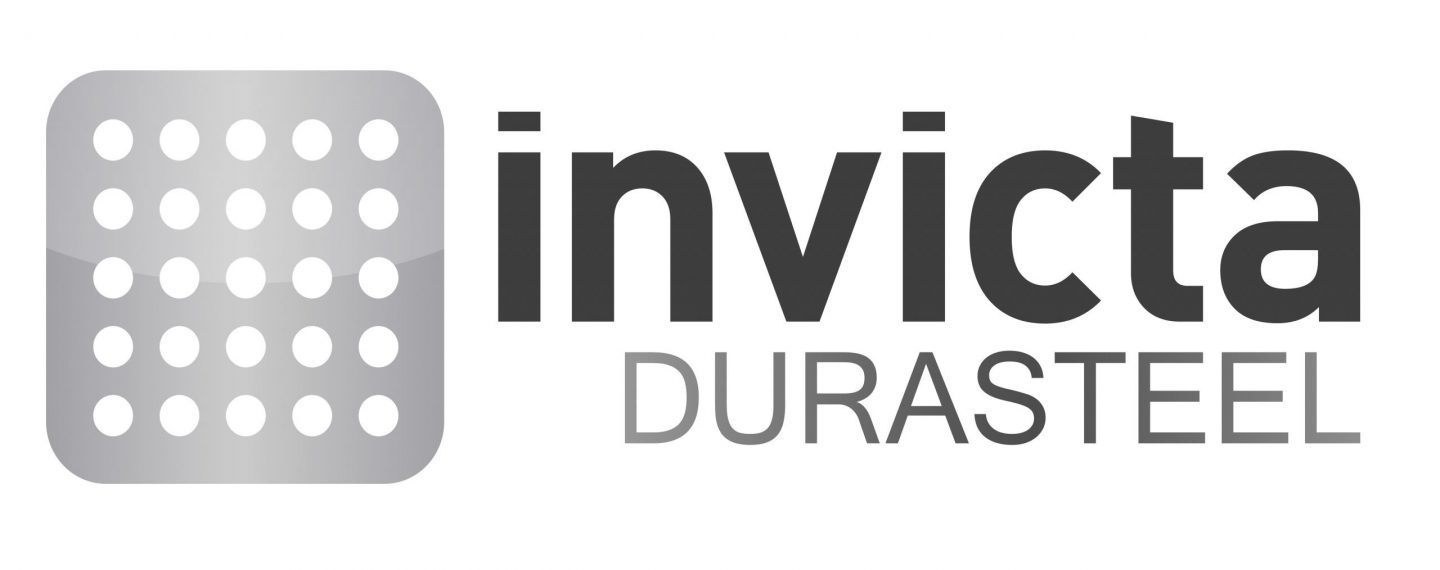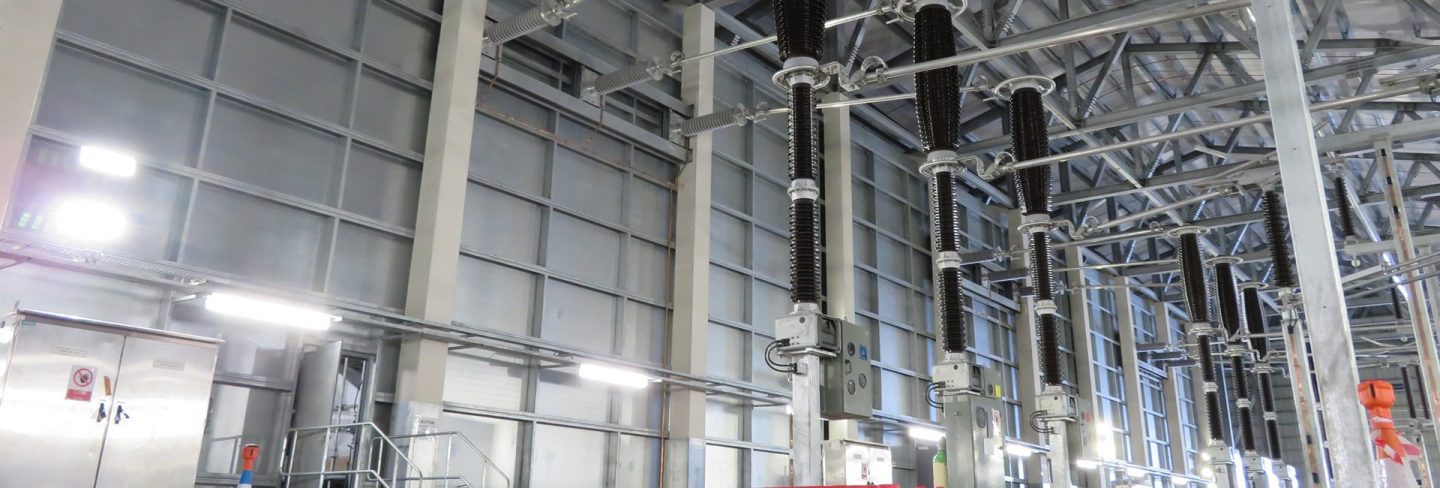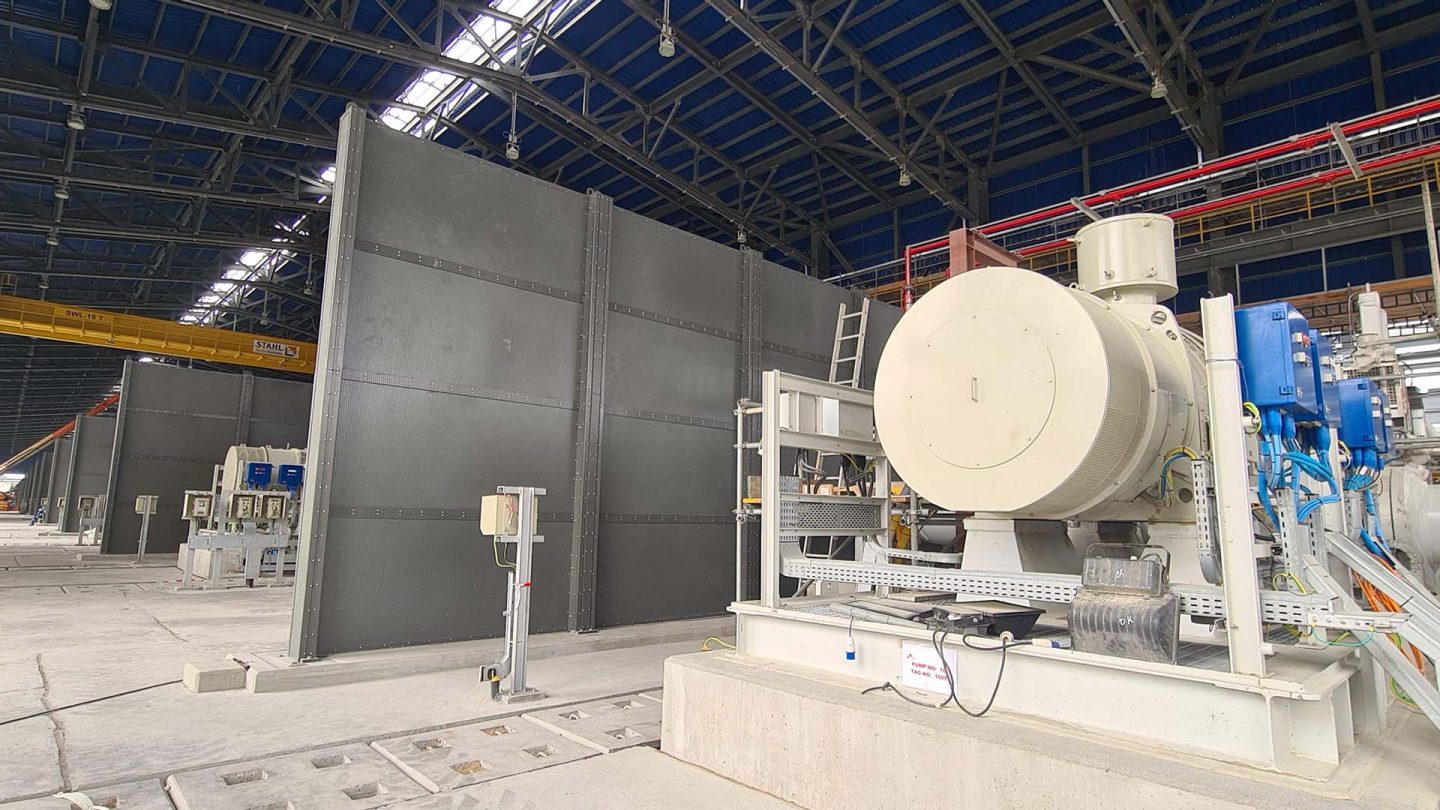For your information
You are being redirected to one of our divisional subsites which contains more detailed information on the required division. To navigate back to the main Invicta Group site, please click the link found in the footer at the bottom of the page.
- Durasteel
Discover the benefits of Durasteel
- Systems
Systems
- Expertise
Expertise
-
Applications
- Aircraft Hangar Fire Protection
- Battery Storage Facilities
- Building Fire Compartmentation
- Anti-Terrorist Blast Protection
- Cable Tunnel Fire Compartmentation
- Equipment Delivery Hatches
- Equipment Enclosures
- Heat Shields
- Power Station Fire Protection
- Metro and Rail Fire Protection
- High Voltage Cable Protection
- Substation Fire & Blast Protection
- Tunnel Fire Protection
- Oil & Gas Fire & Blast Protection
- Ventilation Systems
- Wind Farm Fire Protection
-
Applications
- Projects
- Insights
Insights
-
Articles
- Blast Protection System Design Considerations & Design Criteria
- How to Conduct a Fire Risk Assessment for Factories and Warehouses
- Minimising the Risk of Fire, Blasts & Explosions in the Middle East
- Understanding Integrity, Stability and Insulation in Passive Fire Protection
- Triangle of Fire & Active vs Passive Fire Protection
- Frequently Asked Questions
- A to Z of Terms
-
Articles
- Contact
Contact

UK +44 1843 220 256

US +1 305 328 9444

UAE +971 4 277 6225

Qatar +974 4441 4340

India +91 99 0355 9793

Malaysia +60 16 286 6225
- Start your project
How fire protection protects and assists emergency workers
14th July 2023
Quick Quote
Contact Fraser Shearer Sarun Vysakham Ben Tan Azim Rizvi Anand Raghavan Our USA Office
To get a quotation or arrange a free site survey - Call Fraser Shearer Sarun Vysakham Ben Tan Azim Rizvi Anand Raghavan Our USA Office on
-
 UK
UK
-
 UAE
UAE
-
 Malaysia
Malaysia
-
 India
India
-
 Qatar
Qatar
-
 USA
USA
Current location:
Quick Quote
Contact Fraser Shearer Sarun Vysakham Ben Tan Azim Rizvi Anand Raghavan Our USA Office
-
 UK
UK
-
 UAE
UAE
-
 Malaysia
Malaysia
-
 India
India
-
 Qatar
Qatar
-
 USA
USA
Current location:
If you’re in the UK, you can’t fail to have noticed – or been impacted by – a raft of recent industrial action. From rail workers to barristers to NHS nurses, employees across the public sector are railing against low pay offers at a time of rising living costs. The latest public sector employees to strike could be firefighters, with a ballot on strike action due to finish soon. It’s a reminder of the challenges faced by public service workers in even wealthy countries – let alone those in more developing nations.
Emergency personnel and first responders face growing workloads, low pay, and ageing or inadequate equipment in many nations, with some being significantly worse than others. The consequences for their wellbeing are obvious – but the consequences for businesses should also be something to consider. A less effective emergency response could not only mean greater damage from fires, but also greater peril for firefighters – something that could be prevented with better fire protection.
The state of firefighting and emergency services
The common consensus is that the world is about to enter another period of extended recession, due to a combination of wars, weather, political tensions, and the pandemic. In any recession, cutbacks are inevitable – and the easiest place for governments to find these is often in public services. This means lowering budgets and limiting services in schools, hospitals, policing, the civil service, and – yes – firefighting.
For some countries, this means battling to offer a normal service in the face of wage freezes, staff shortages, and a lack of new equipment. This may be possible, if only temporarily, though in some cases these cutbacks are not a new phenomenon. In other countries, however, there may not be that much to cut back on. Fire services may already be underfunded in proportion to the tasks they undertake, and the problems caused by inadequate fire regulations and enforcement.
Take Bangladesh for example, where the former head of the Fire Service has criticised the country’s approach to firefighting. He cites problems including a lack of firefighters, companies flouting fire safety training laws, narrow streets that impede emergency vehicles, and a lack of adequate equipment and training for dealing with the most dangerous types of fires. Or look at Vietnam, where authorities recently called for emergency inspections at karaoke bars, nightclubs and other high risk venues after a spate of deadly fires. Pressure is growing on the authority responsible for fire inspections, which is not independently monitored.
At the same time as cost-cutting measures may be impacting on fire safety, new challenges are also emerging. Extreme weather events caused by climate change are seeing a rise in wildfires and other fire events, piling further pressure on emergency services. The proliferation of battery devices such as e-cigarettes and electric cars is also creating new fire hazards, something that rising temperatures are doing nothing to reduce the risks of.
How building fire protection can help
In the face of these pressures, it seems like the onus may be falling on businesses to improve their own fire protection measures. This is not to say that the emergency services should not be relied upon, as this is heavily contingent on the circumstances in each country and region. Nevertheless, it seems prudent not only to accommodate for the fact that emergency responders may be delayed or less effective in their actions, but also that they could be at greater risk than usual when dealing with fires.
Building fire protection can help to reduce the incidence and risks of fires in a number of different ways. While the first port of call is always to prevent fires from happening in the first place through good training and policies, early fire detection can help to stop fires before they escalate. This includes very early smoke detection alarms (VESDA), smart alarms that show where a fire has started and progressed to, and fire suppression systems that can help to quell fires, either through gas (in evacuated or non-personnel areas) or water systems.
Building fire protection can also help greatly in facilitating a quick and calm evacuation. Both active and passive fire protection systems can help to ensure the integrity of key routes through a building as a fire develops, ensuring that pathways are not cut off, and personnel do not become stranded in a building or around a site. They can also slow the spread of a fire, limiting the amount of work that is needed to quell it, and preventing it from reaching flammable or explosive materials that might cause it to escalate.
Active vs passive fire protection
The question for businesses looking to improve their building fire protection is which kind to invest in. On a basic level, this comes down to distinguishing between the two types of fire protection: active and passive. Simply put, active fire protection is anything that springs into action when a fire occurs. Passive fire protection meanwhile is anything that protects against a fire without needing to be activated, simply by existing within the environment.
The most common example of active fire protection is a sprinkler system or fire alarm. However, even these systems can be subdivided into different types, such as a gas suppression system, a VESDA system, or a smart alarm system that notifies the emergency services, and triggers further responses across a site. Other active protection systems might include fire doors or shutters that automatically close when a fire is detected, or emergency lighting and signage that helps people to evacuate via safe routes.
Passive fire protection commonly exists in the form of fire and blast resistant barriers such as Durasteel, which provide up to 4-hour protection against even intense hydrocarbon and jet fires. Blast protection is also important in areas such as gas or battery storage rooms, generator and transformer rooms, and other areas containing flammable or explosive materials, which may be needed to run vehicles, or generators for emergency or supplementary power.
–
Emergency workers around the world are under unprecedented pressure, and this includes fire services. While no business should feel that they cannot rely on emergency personnel during a fire emergency, it is perhaps pragmatic and sensible to consider improving your active and passive fire protection – not least as a means to protect first responders who may be under-equipped to do an incredibly difficult job. Interested in our fire barriers or other passive fire protection? Don’t hesitate to get in touch.
Accreditations & Affiliations











SpecUp - System Specification Wizard
Answer the 5 short questions below to receive your recommended Durasteel system specifications. Hover over the ? icons for a brief explanation.
Question 1/5
Type of system required?
Question 2/5
Fire rating required?
Question 3/5
Fire integrity-only or integrity and insulation?
Question 4/5
Fire attack risk from one side or both sides of the system?
Question 5/5
Blast rating required in addition to fire rating?
Creating your results page
Thanks for completing the SpecUp, you’ll be redirected to your results shortly.
Click here if you aren't redirected after a few secondsStart your project
Tell us about your project. Please complete this form. One of our sales team will come back to you with more details. If you prefer, you can drop us an email.




Share/Like this page